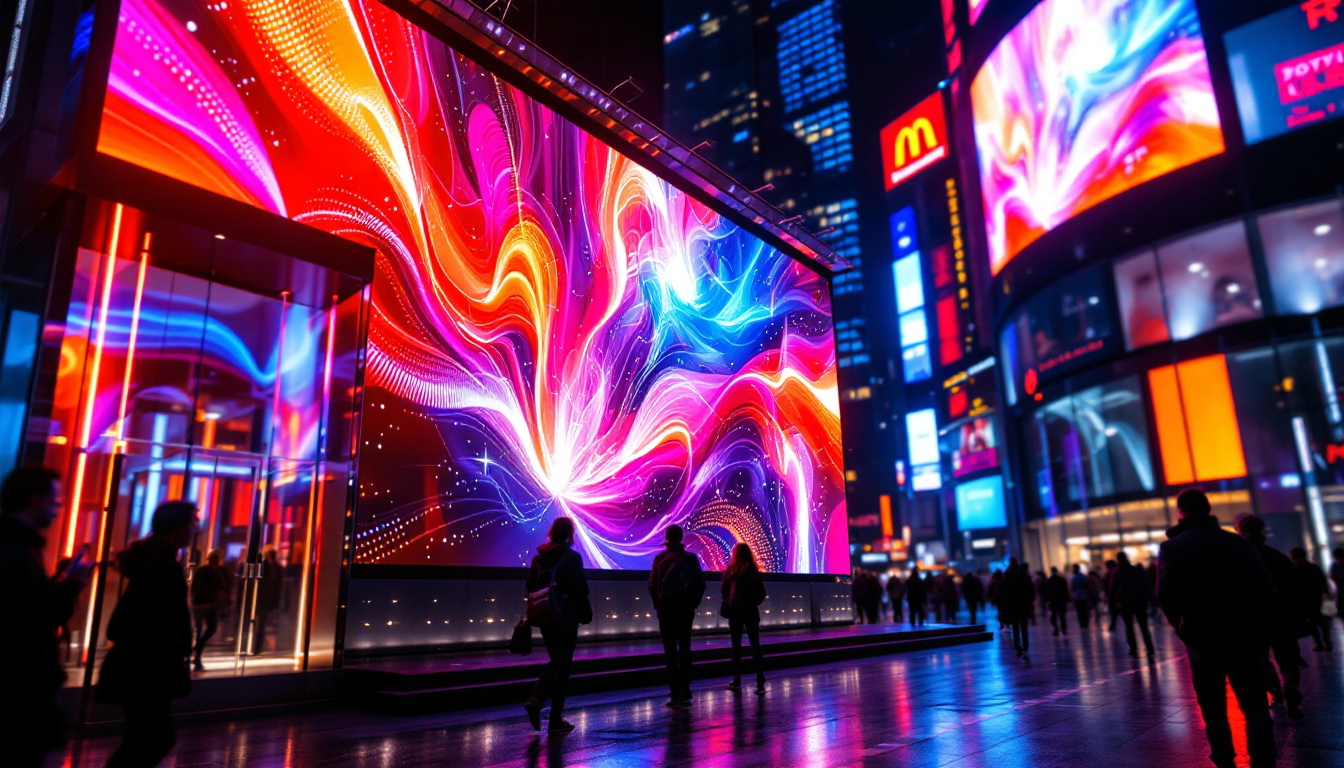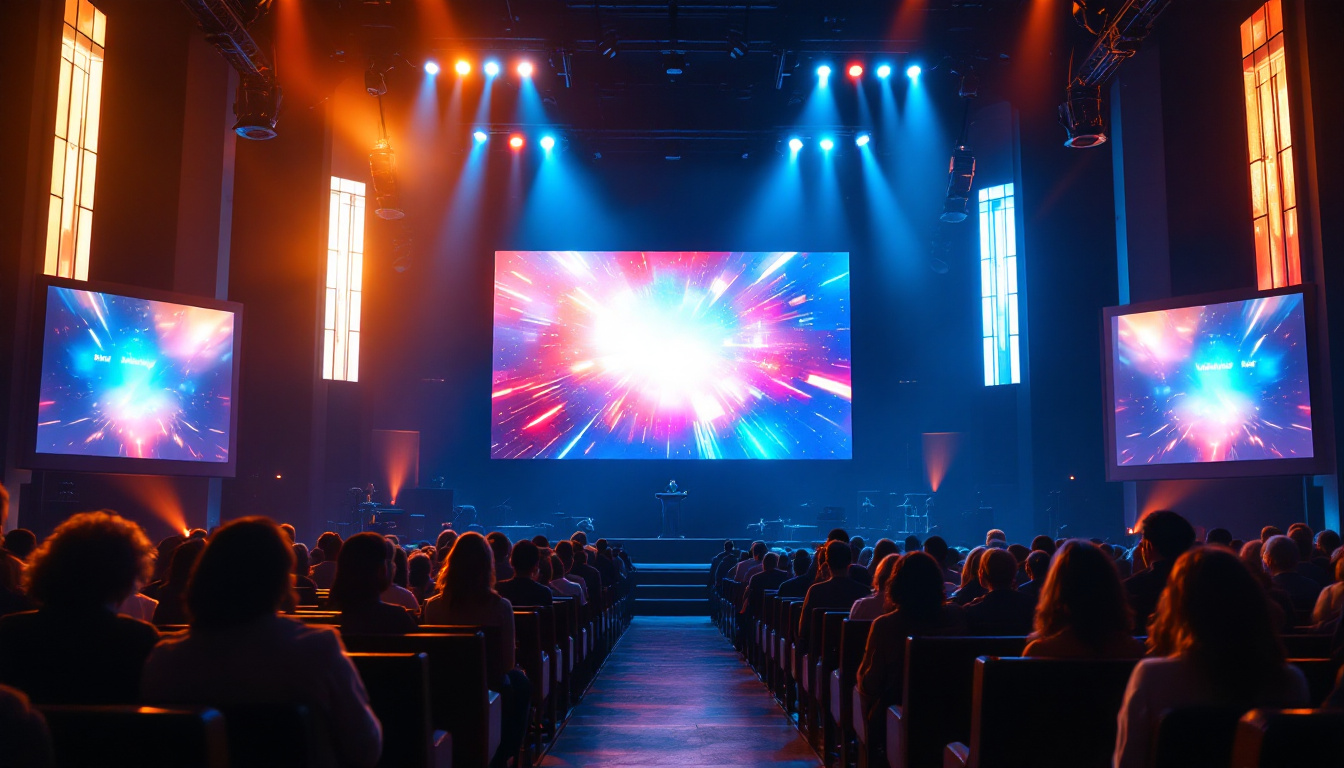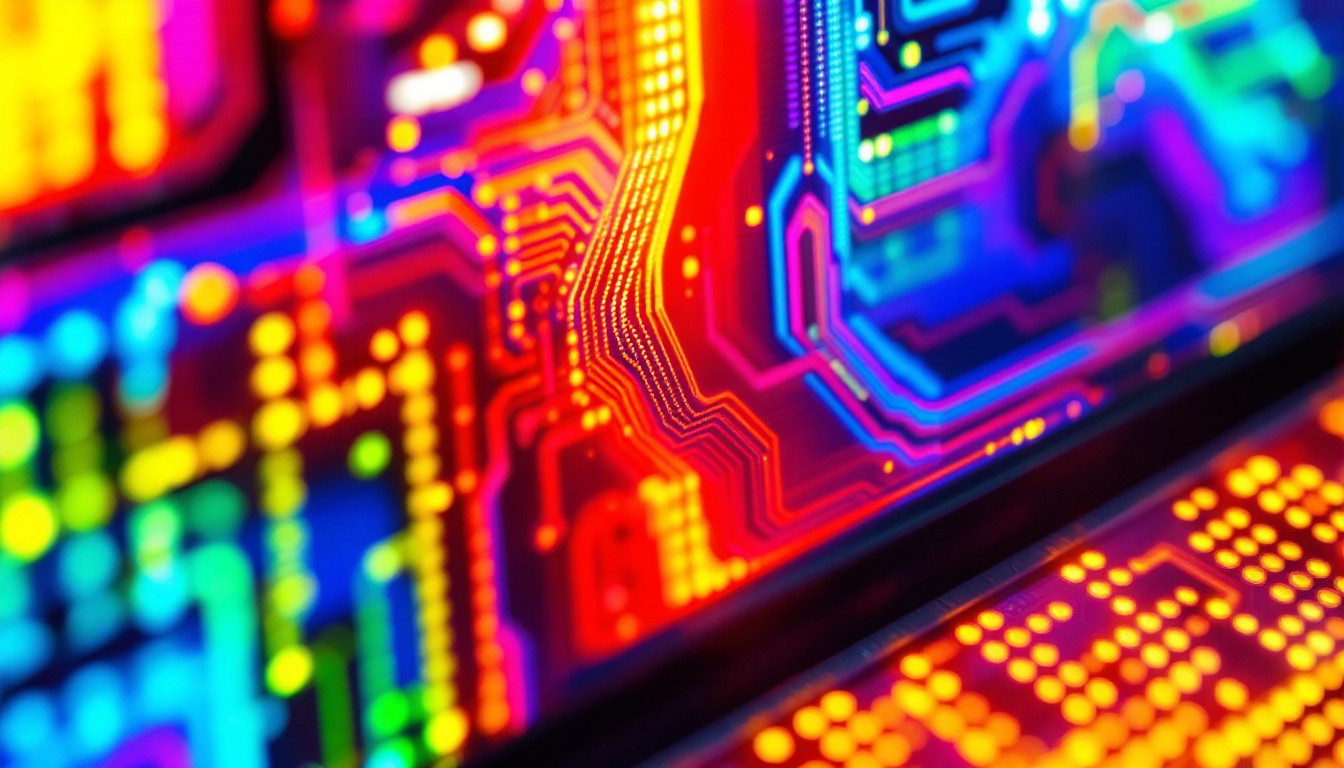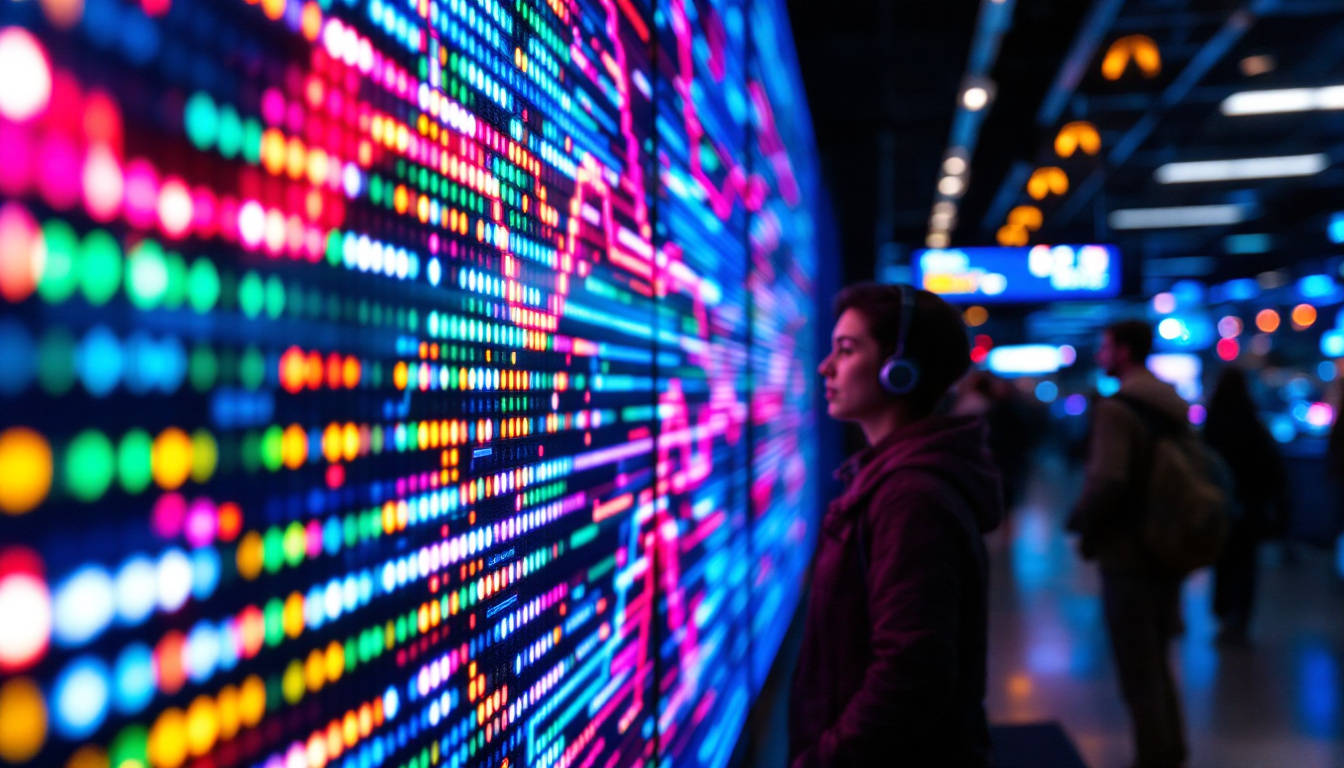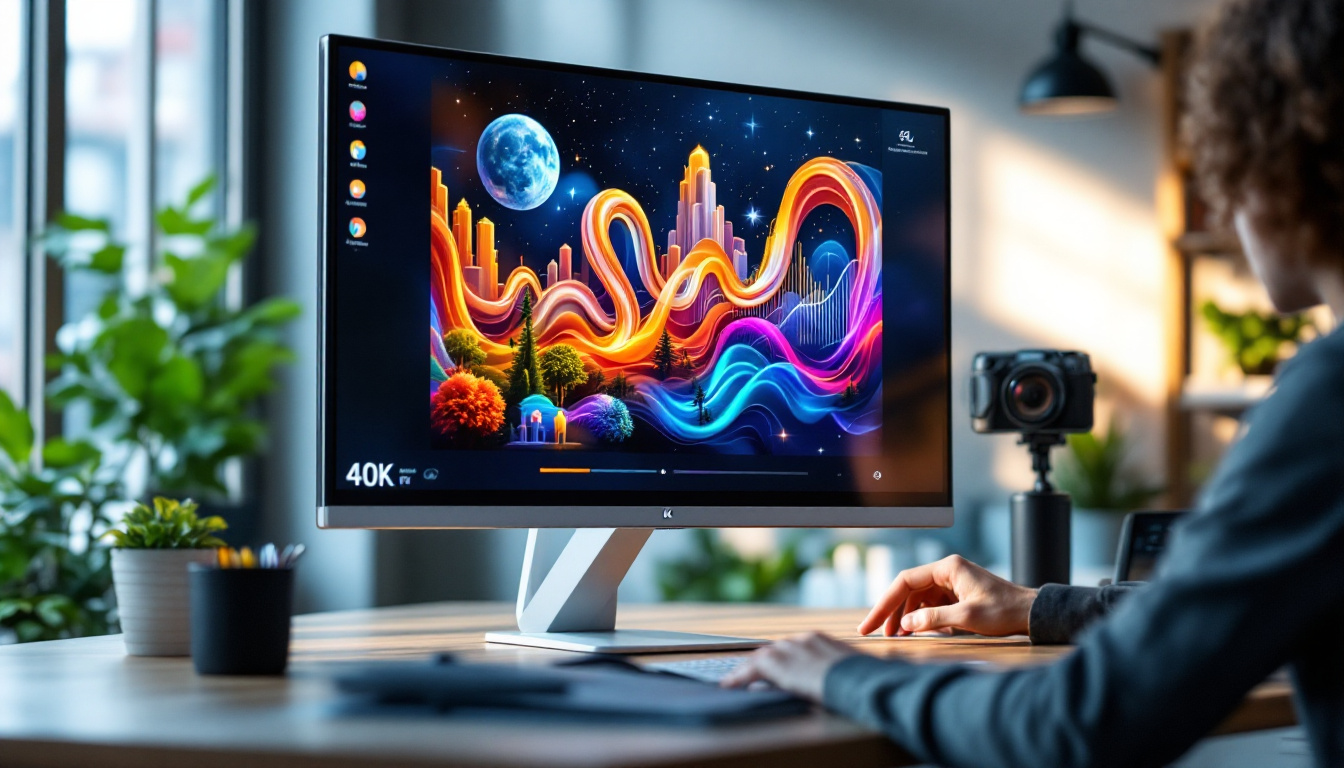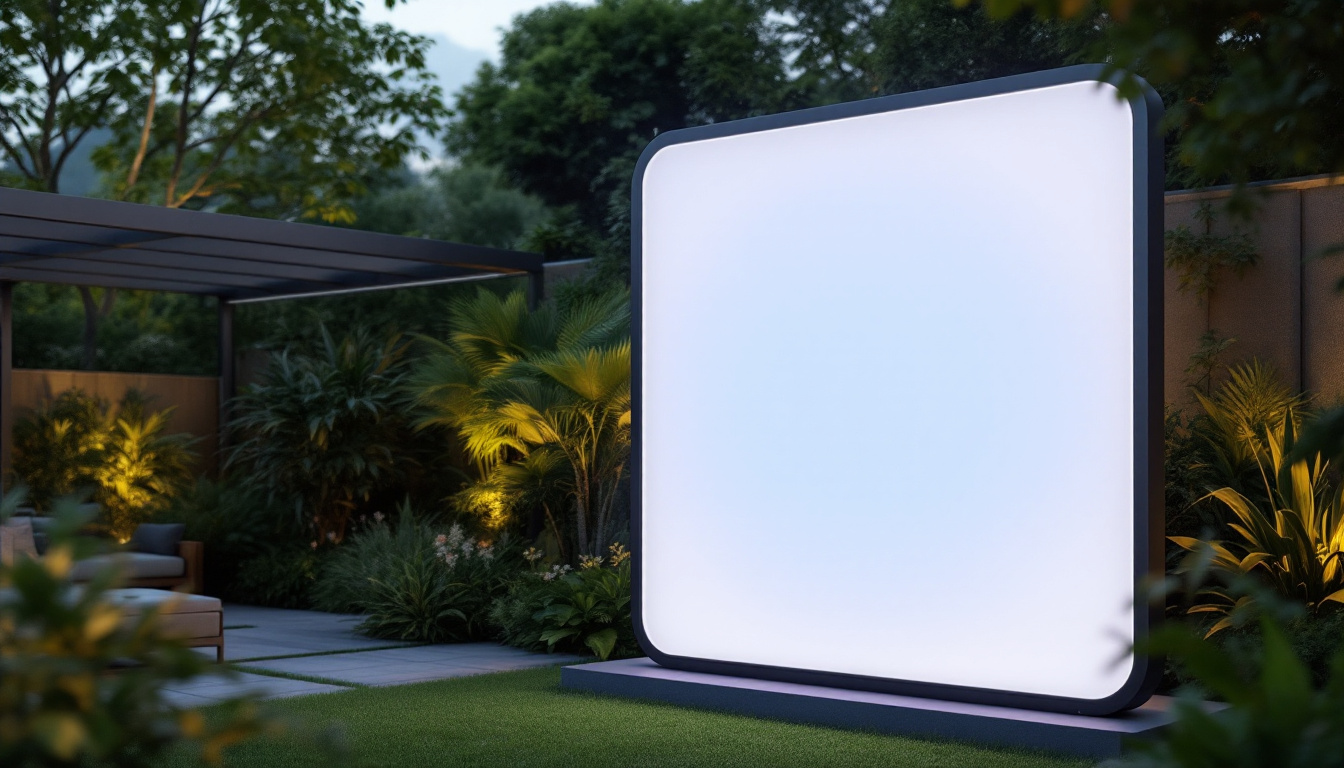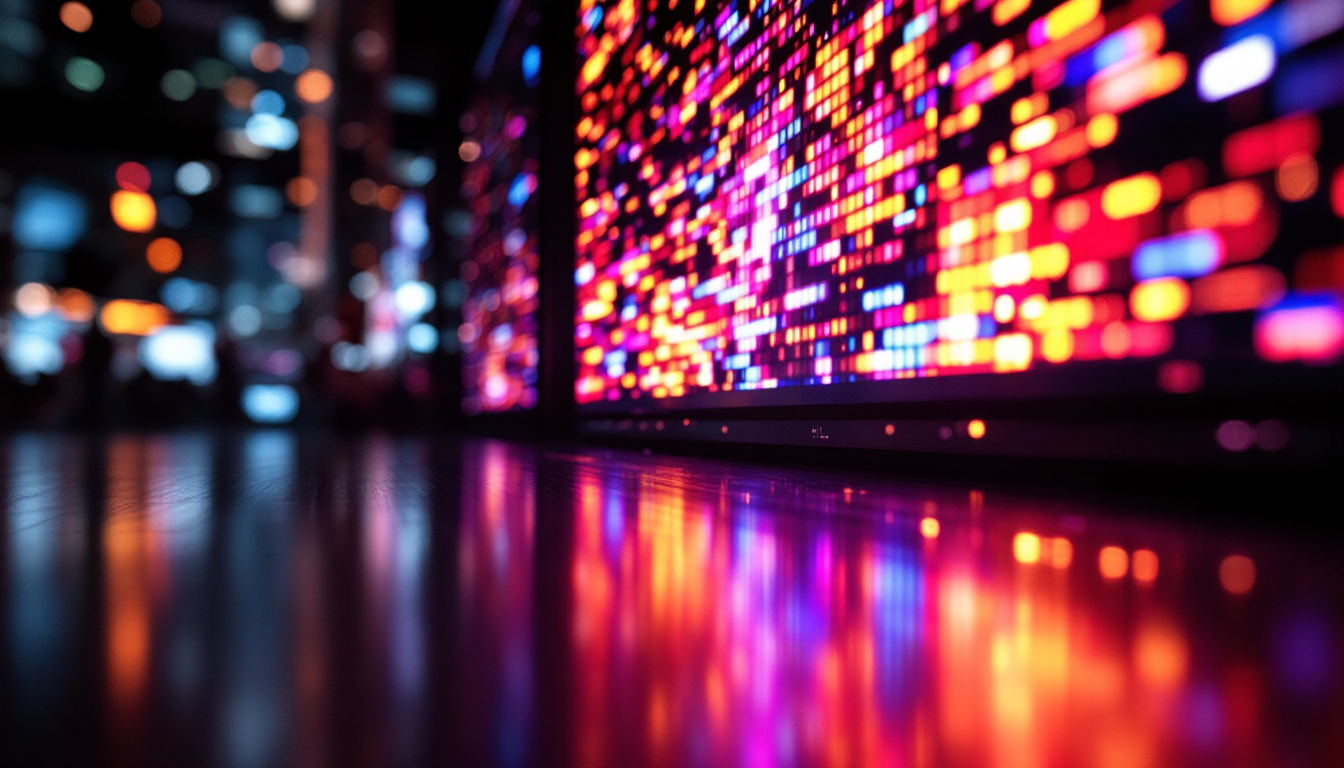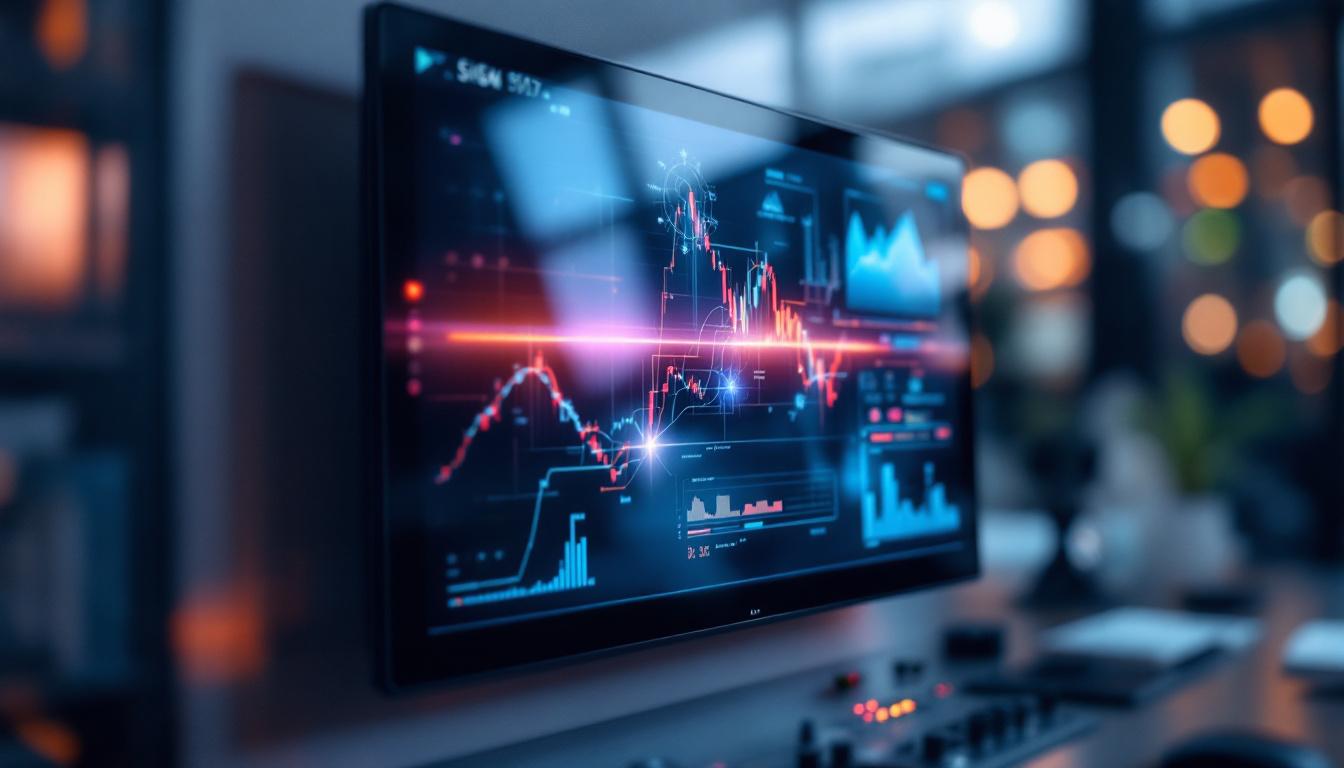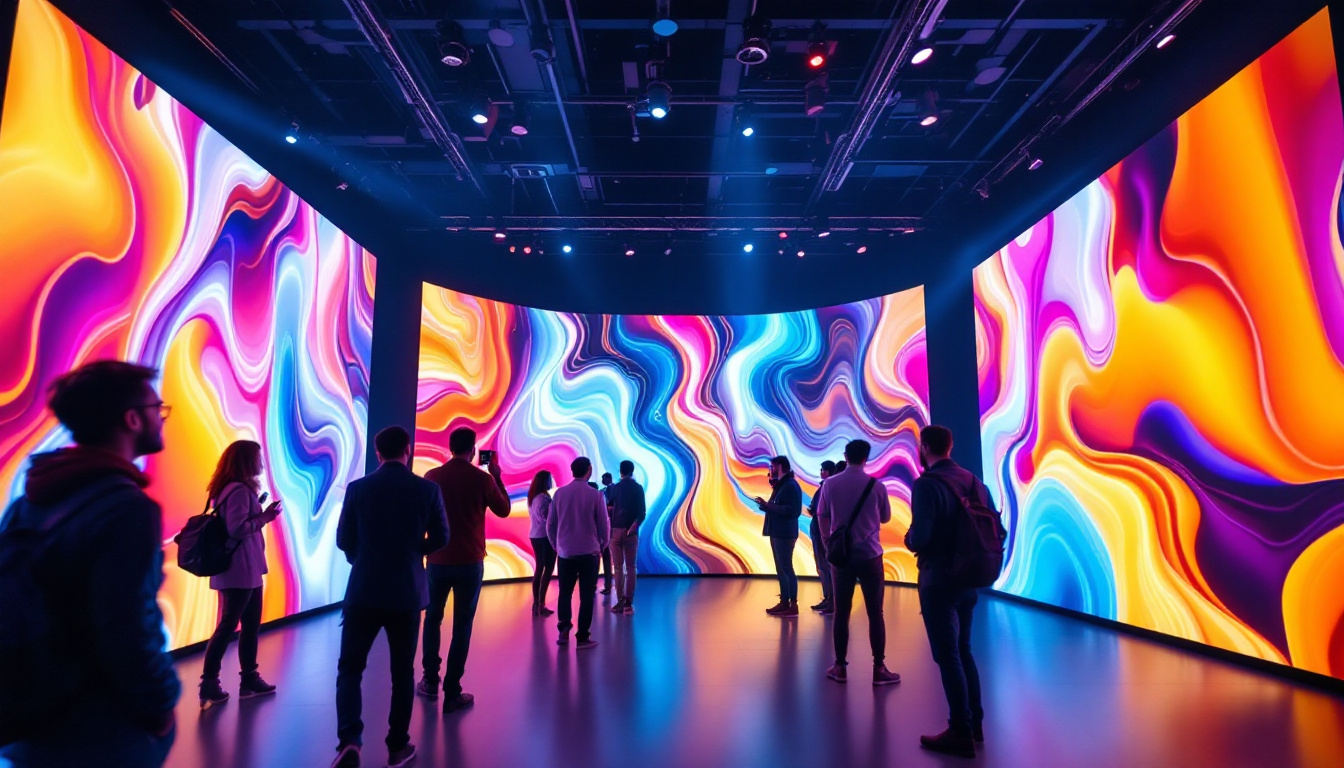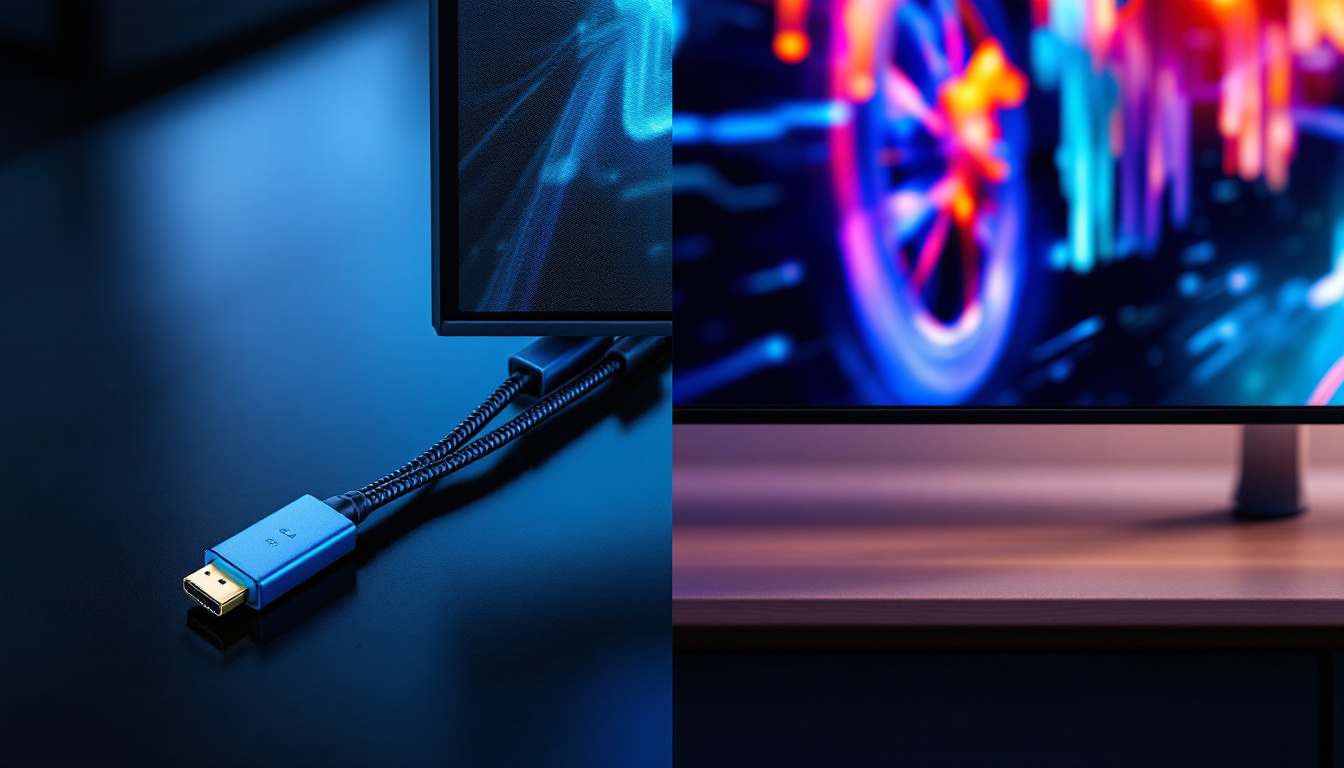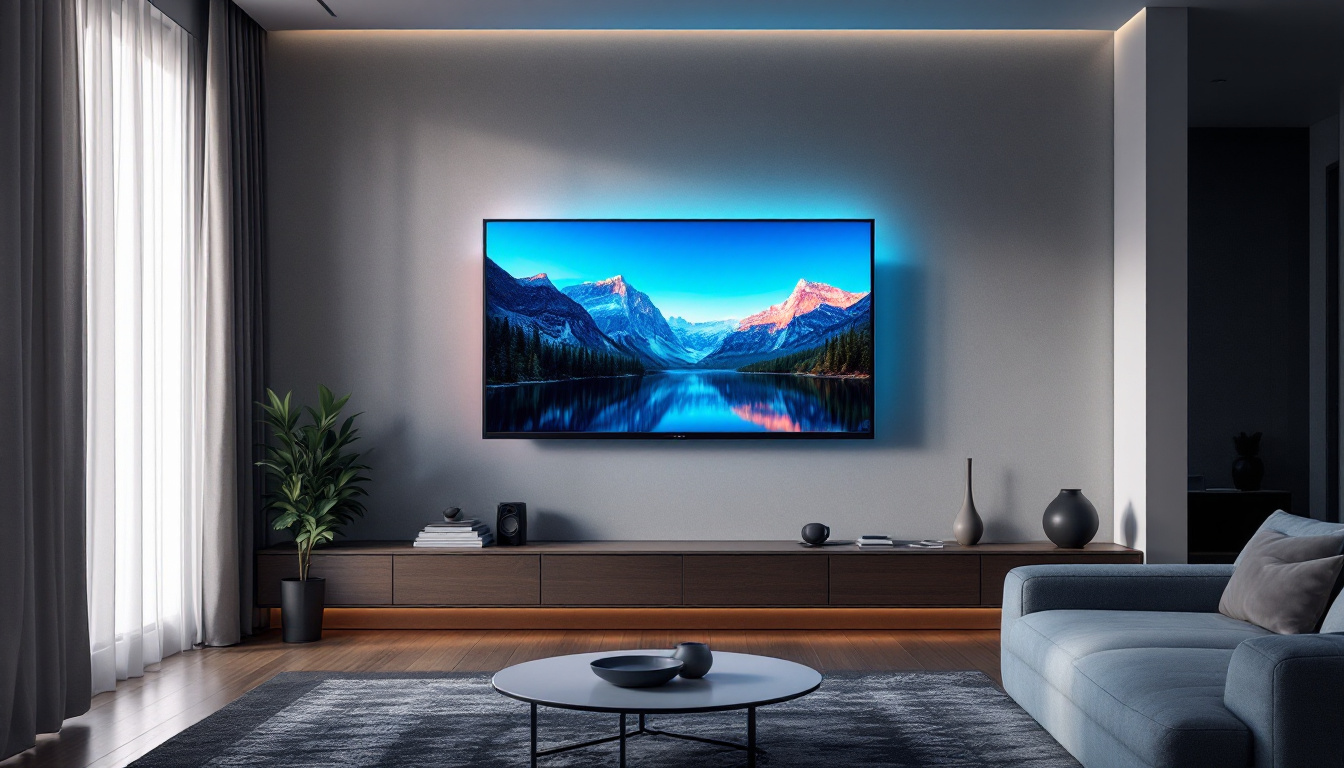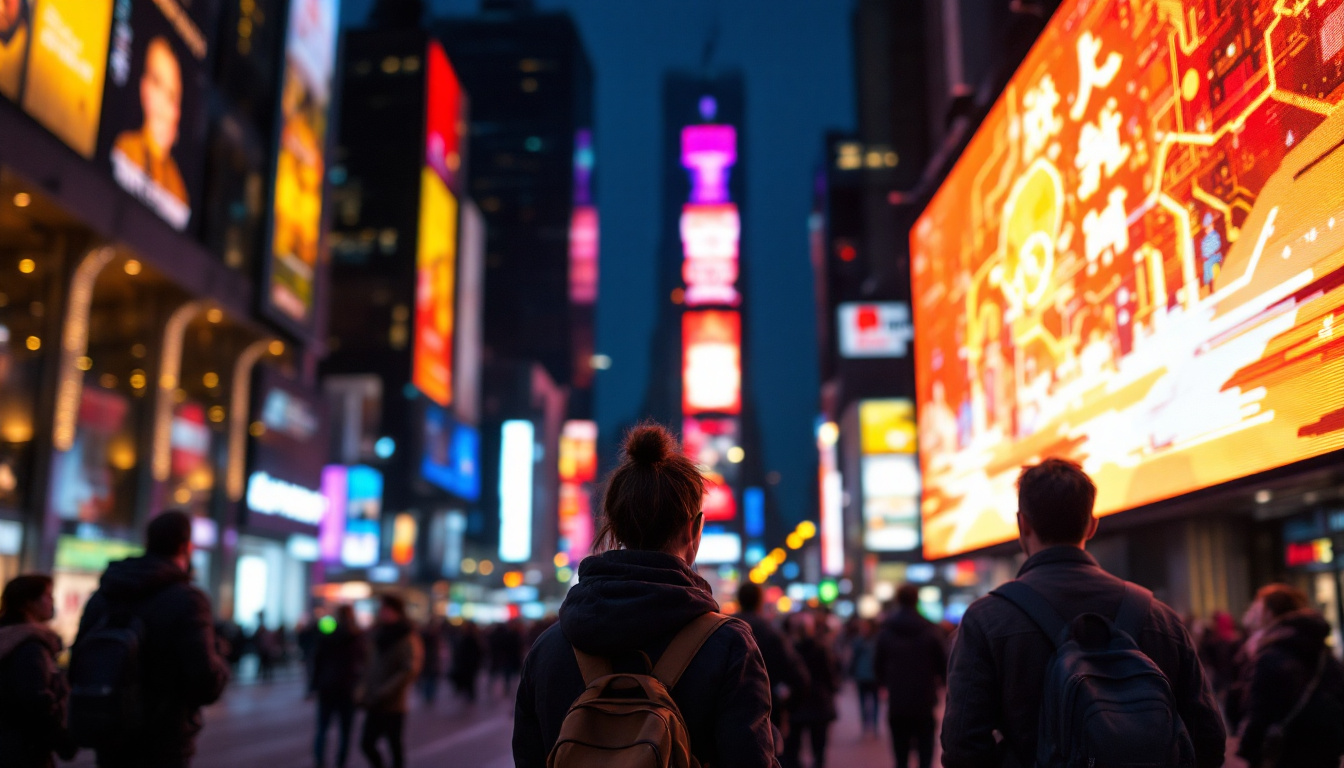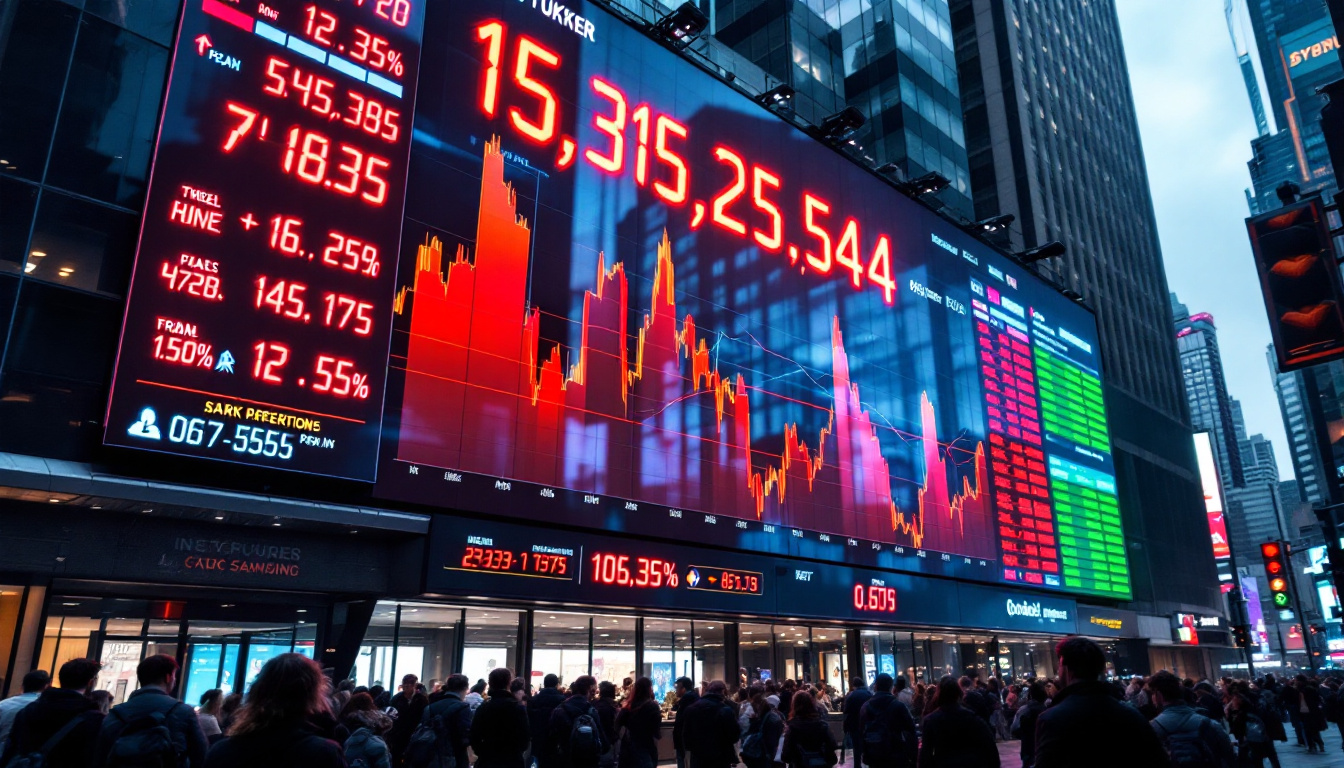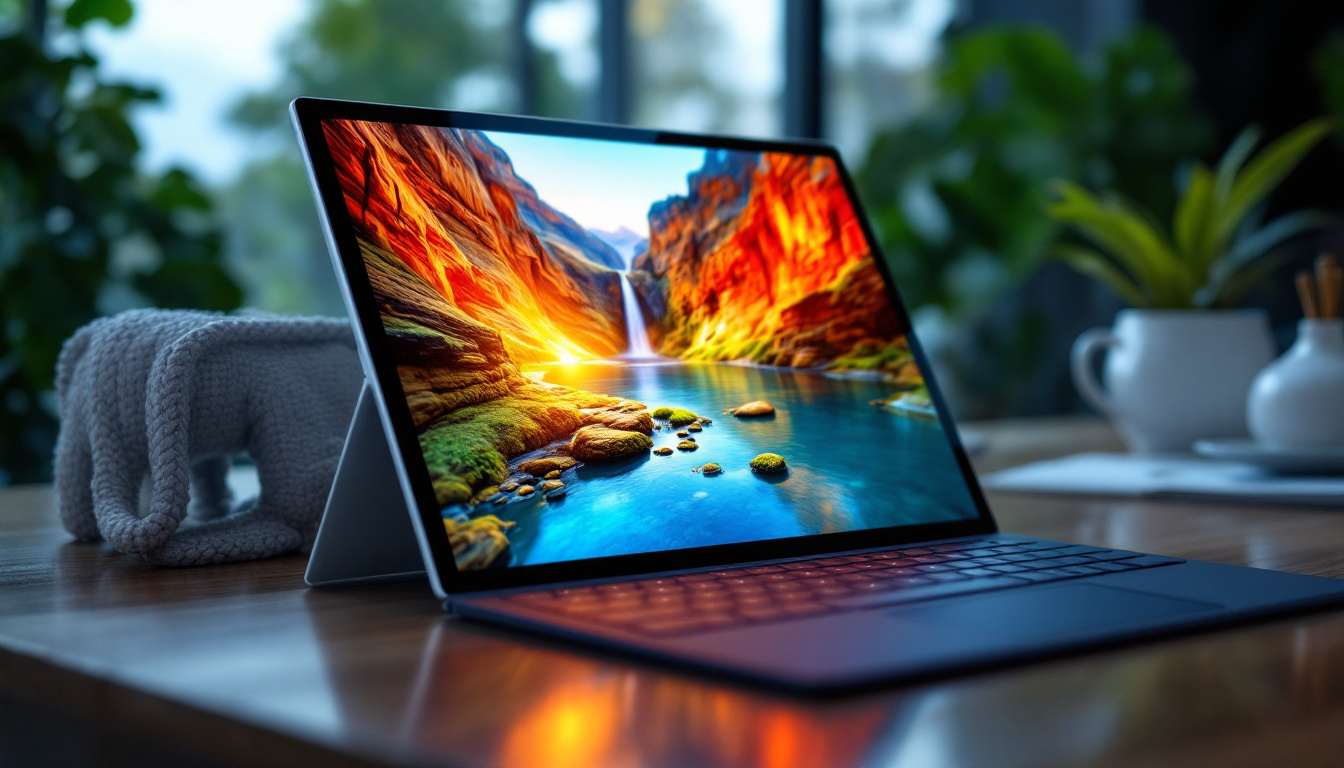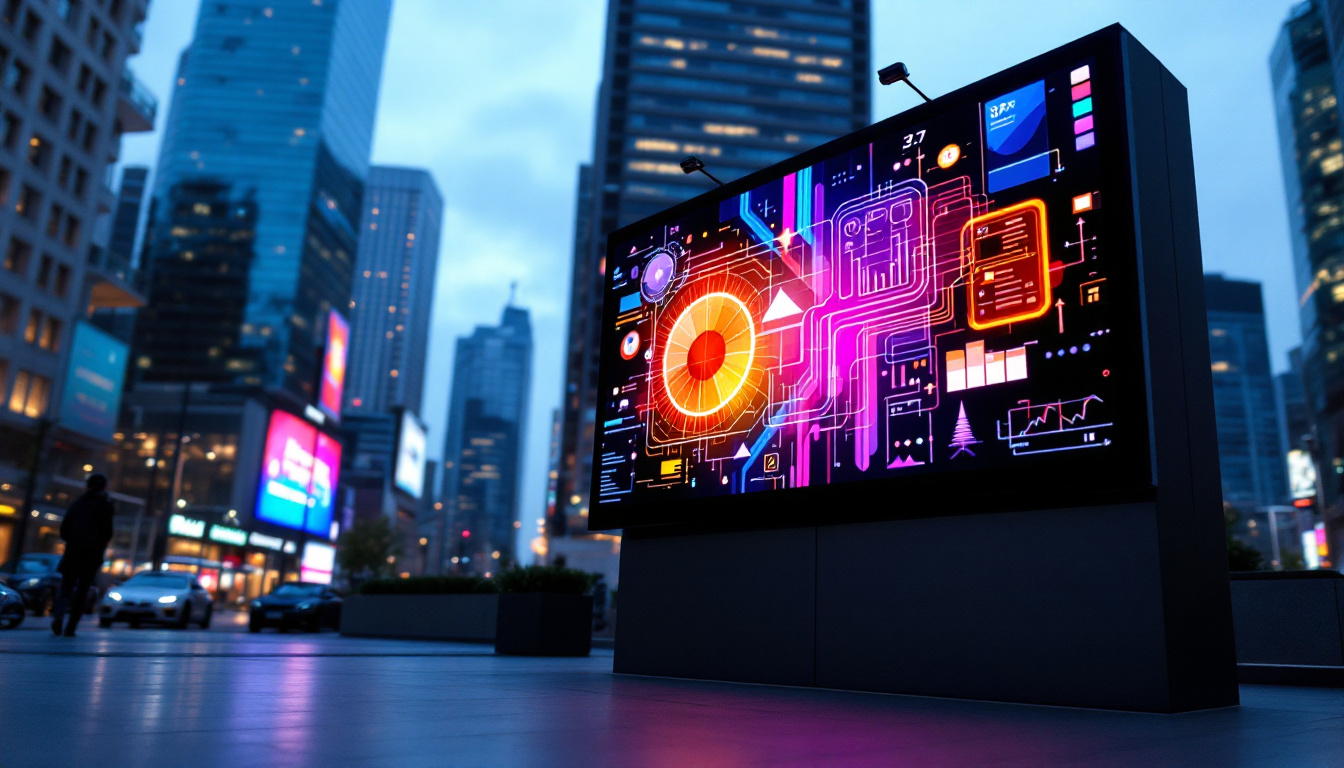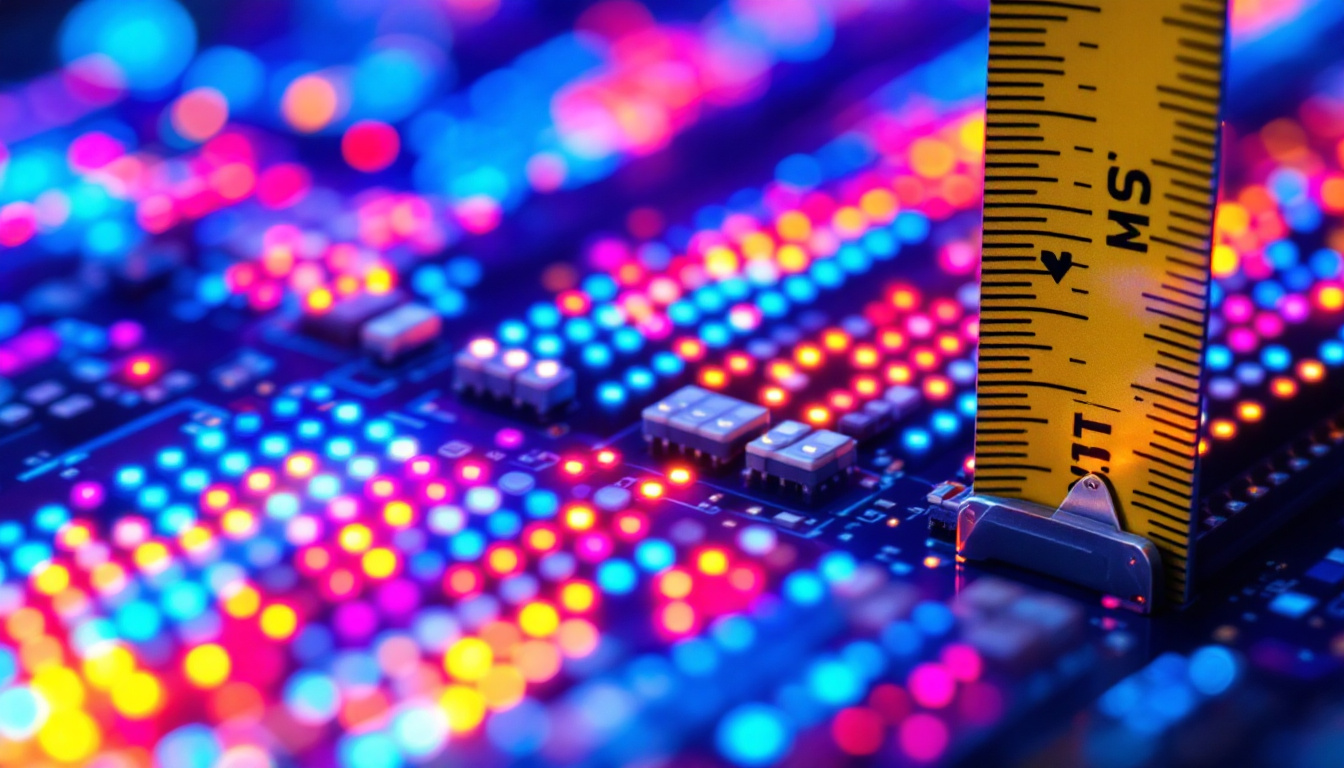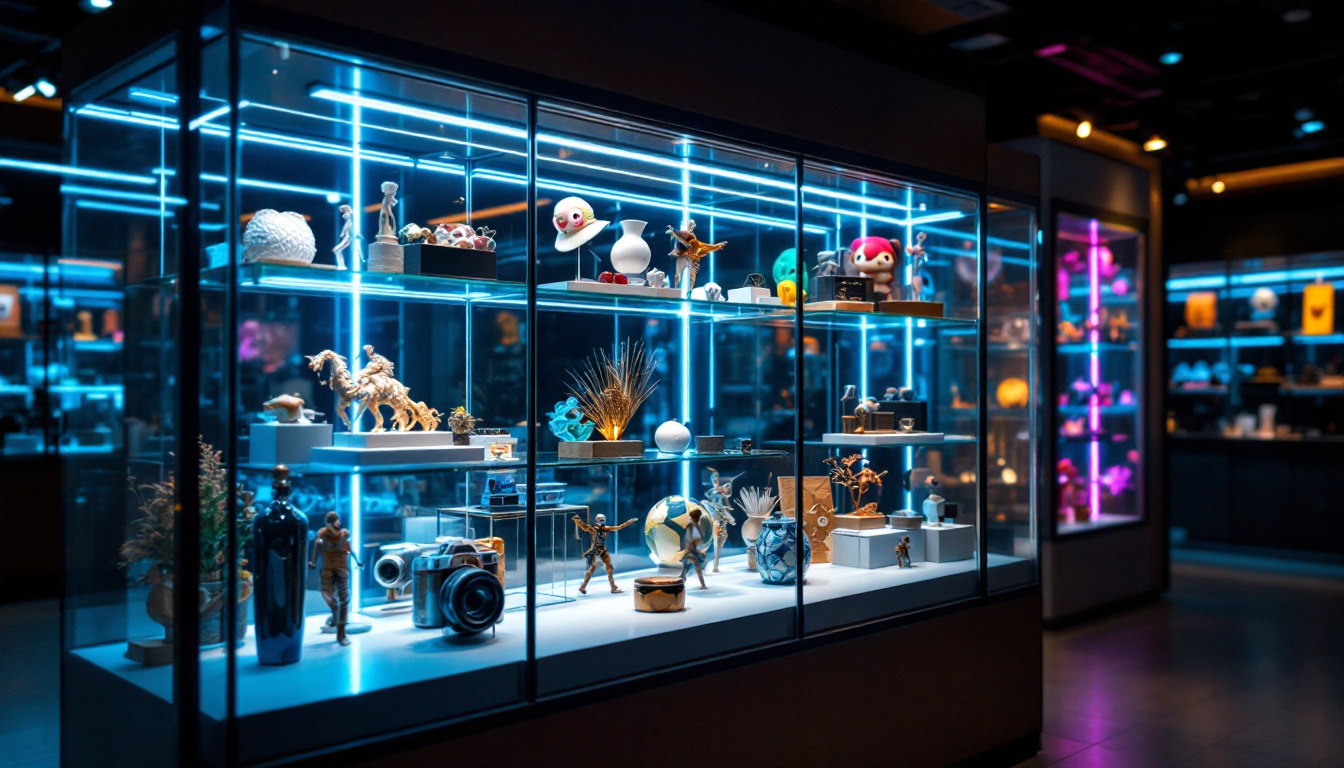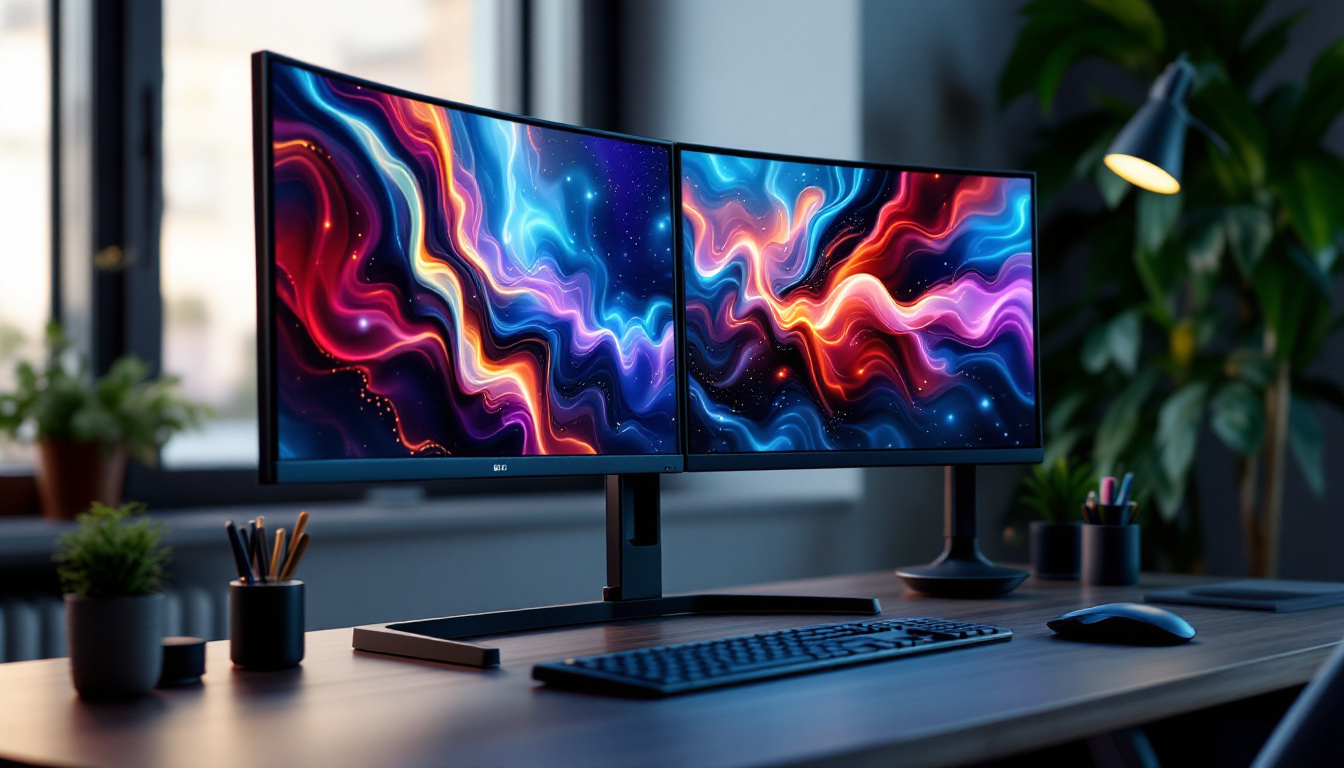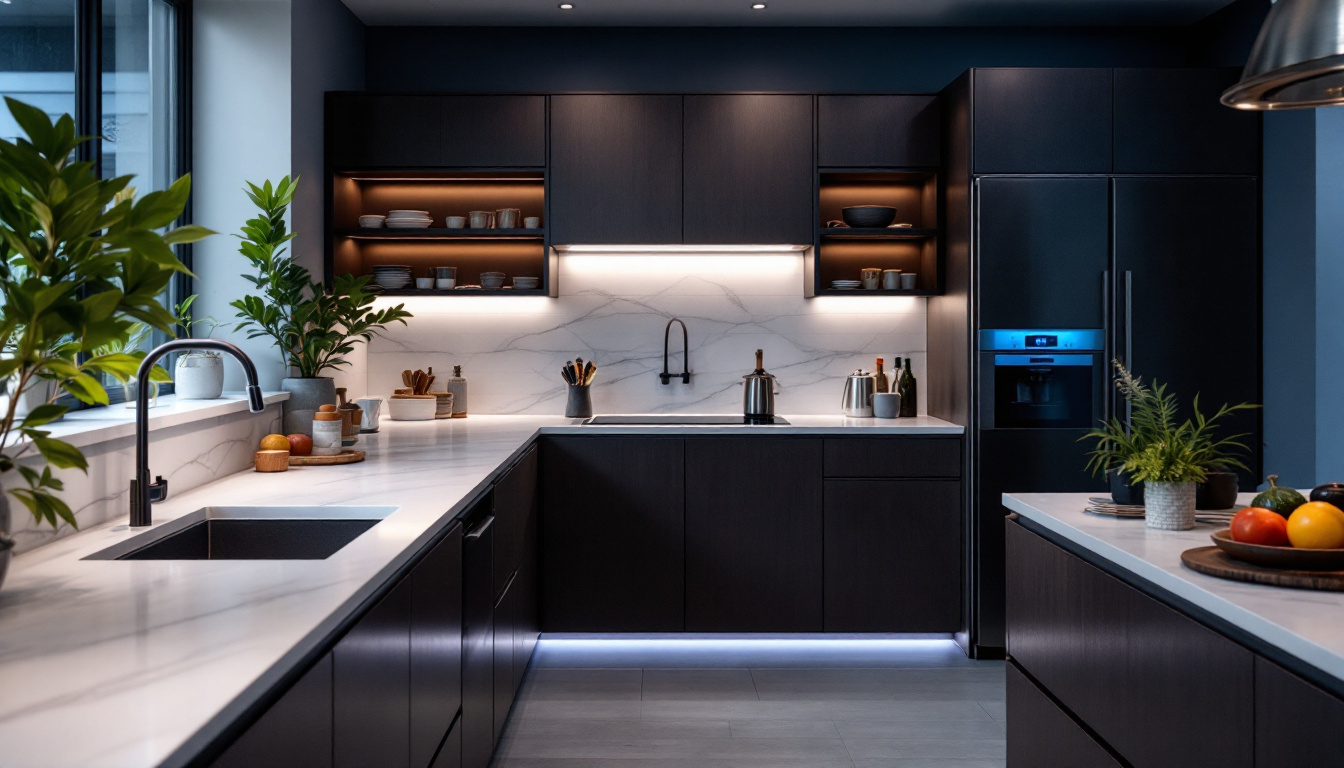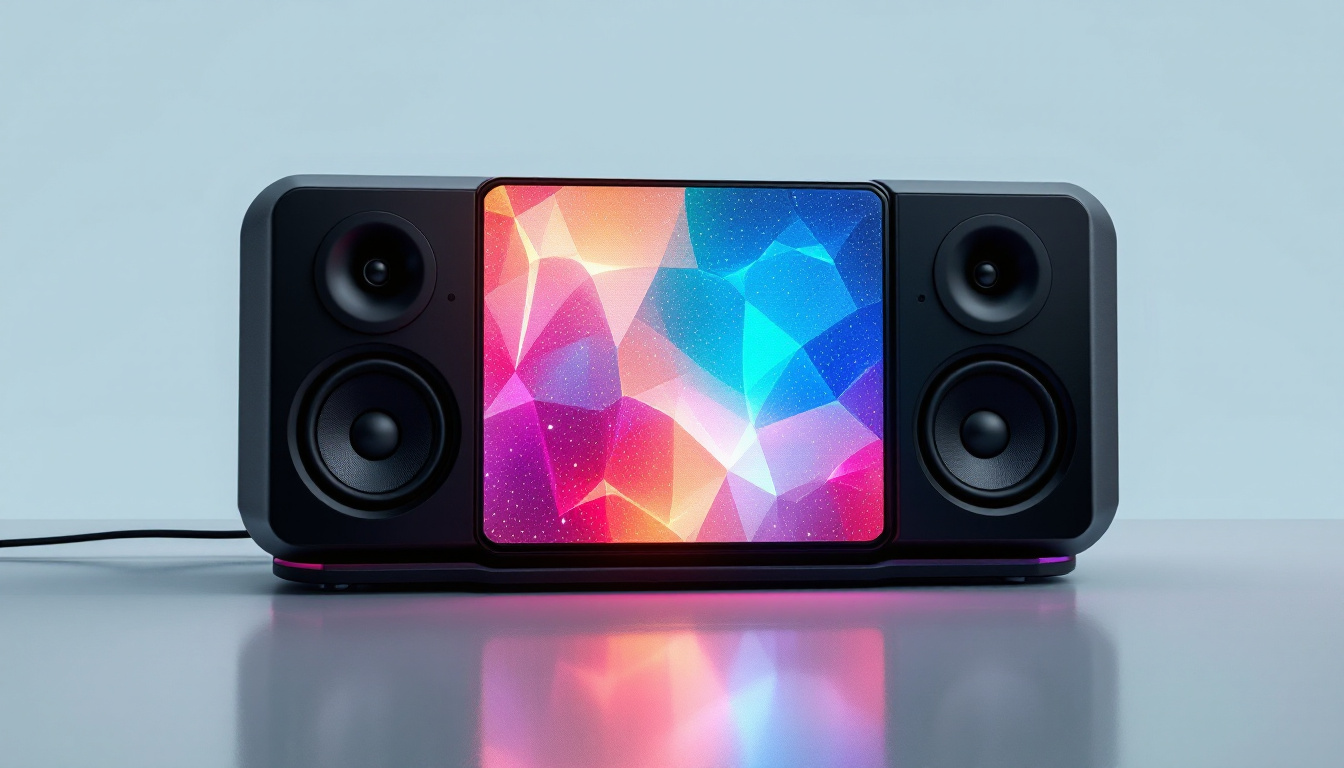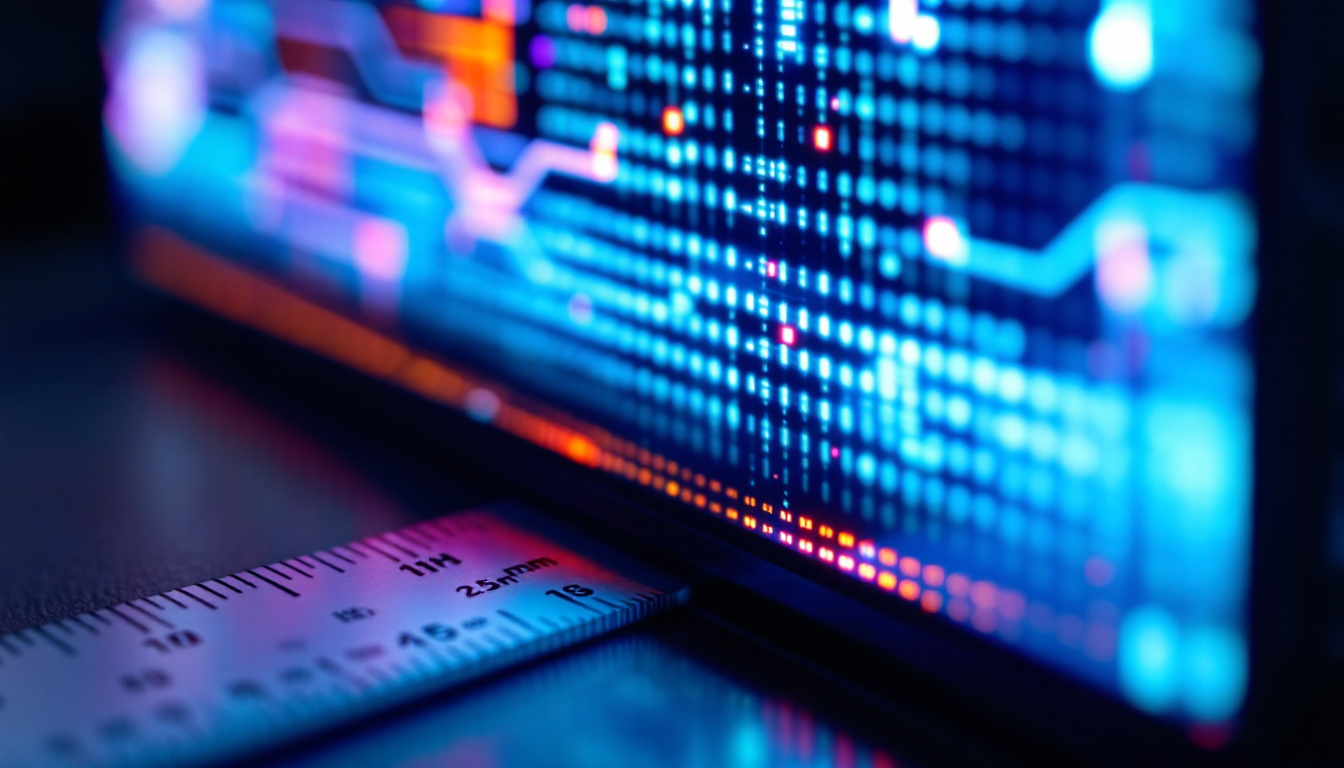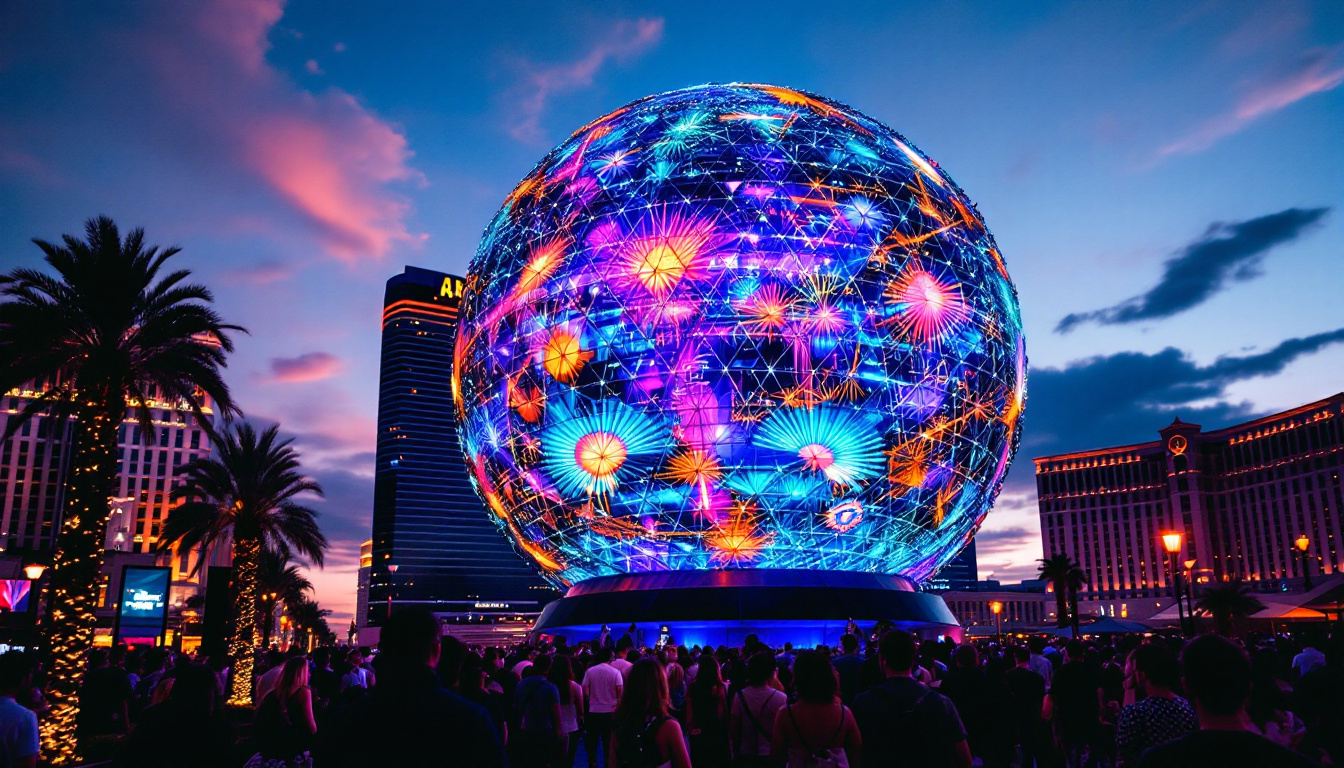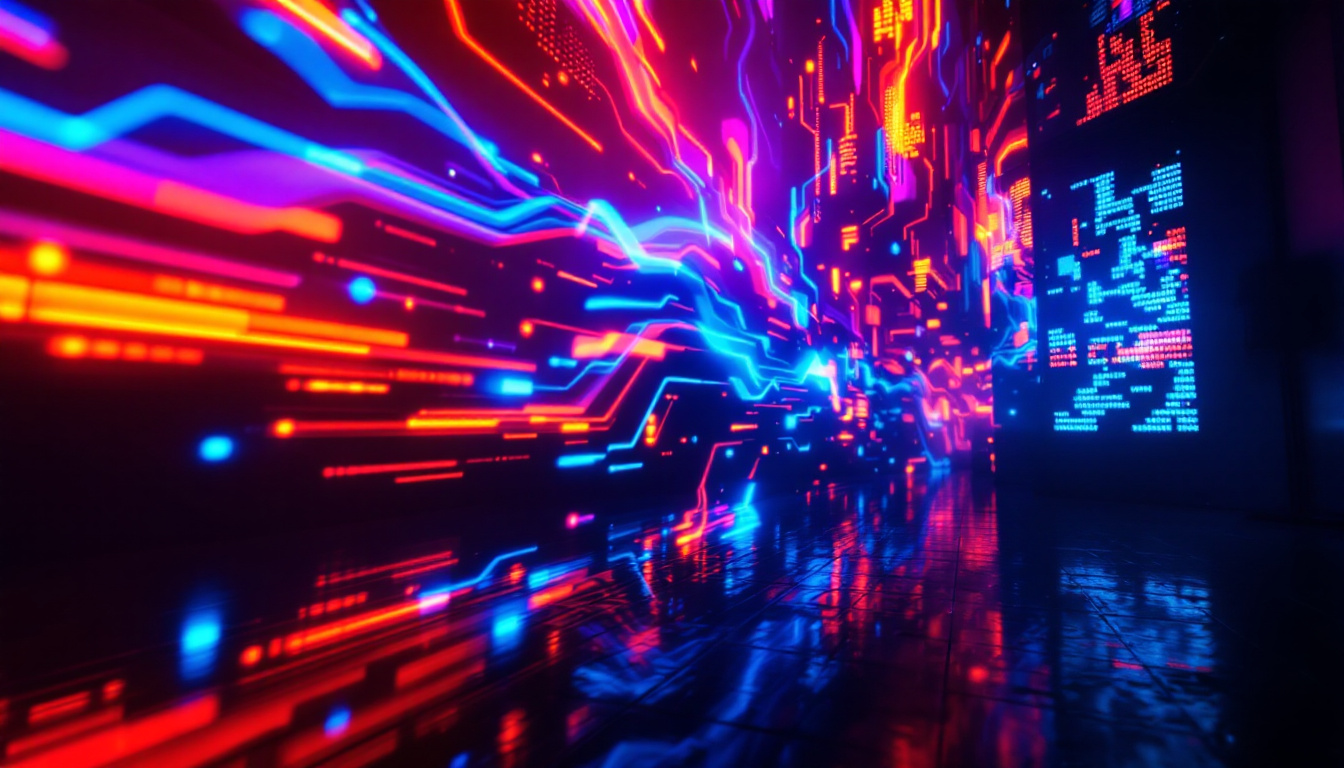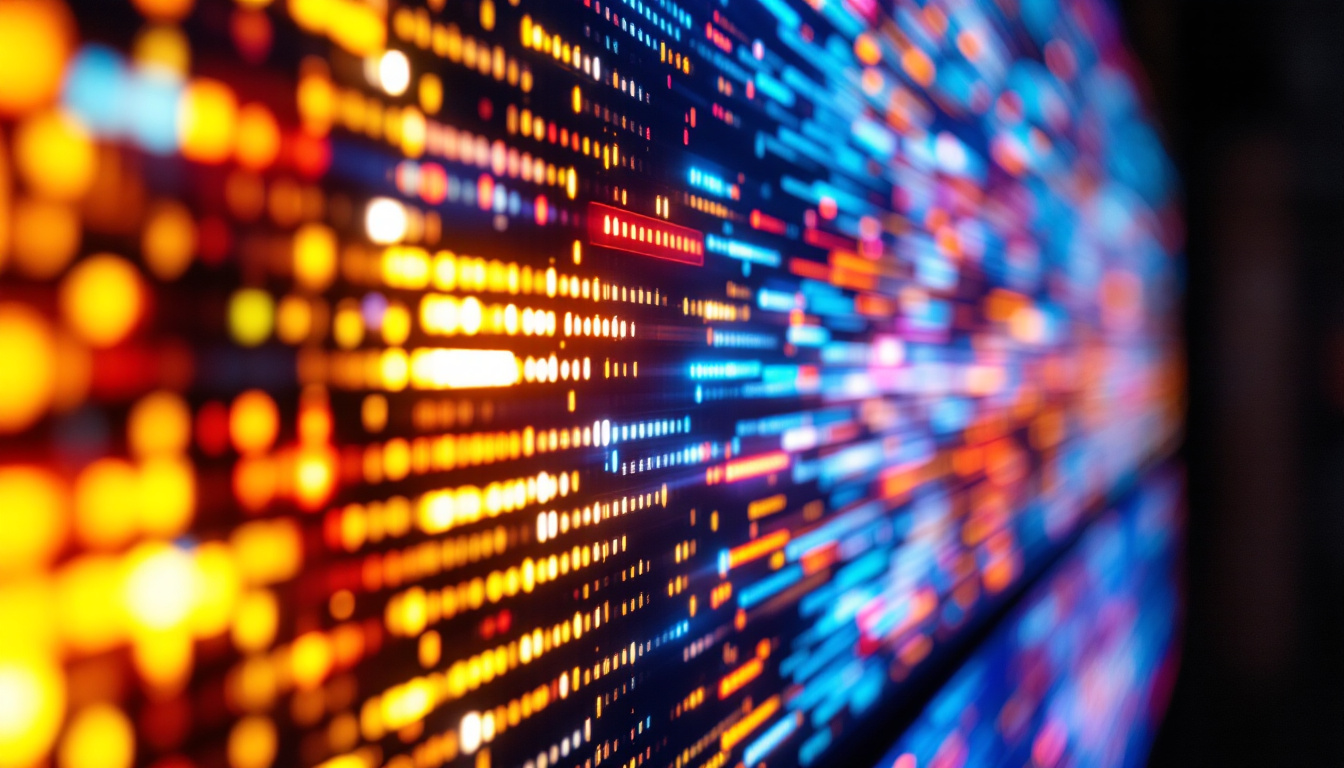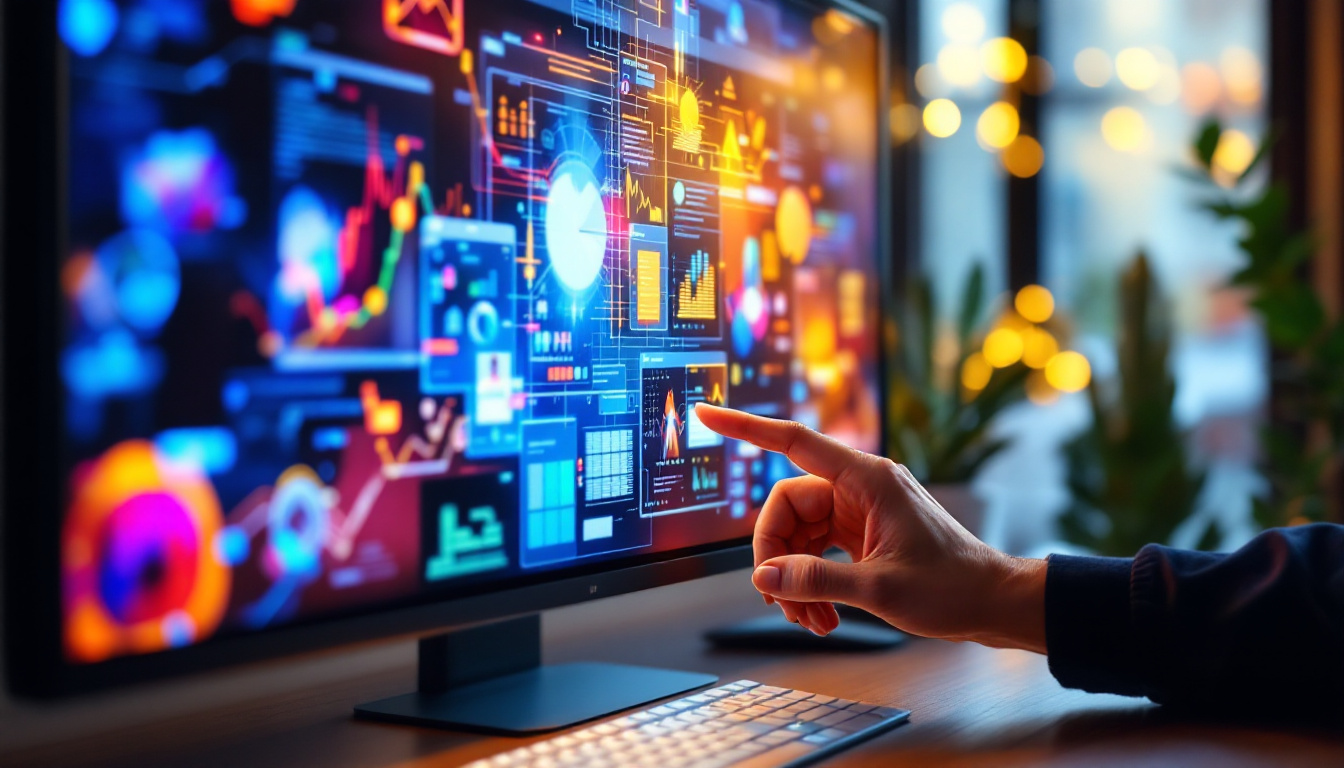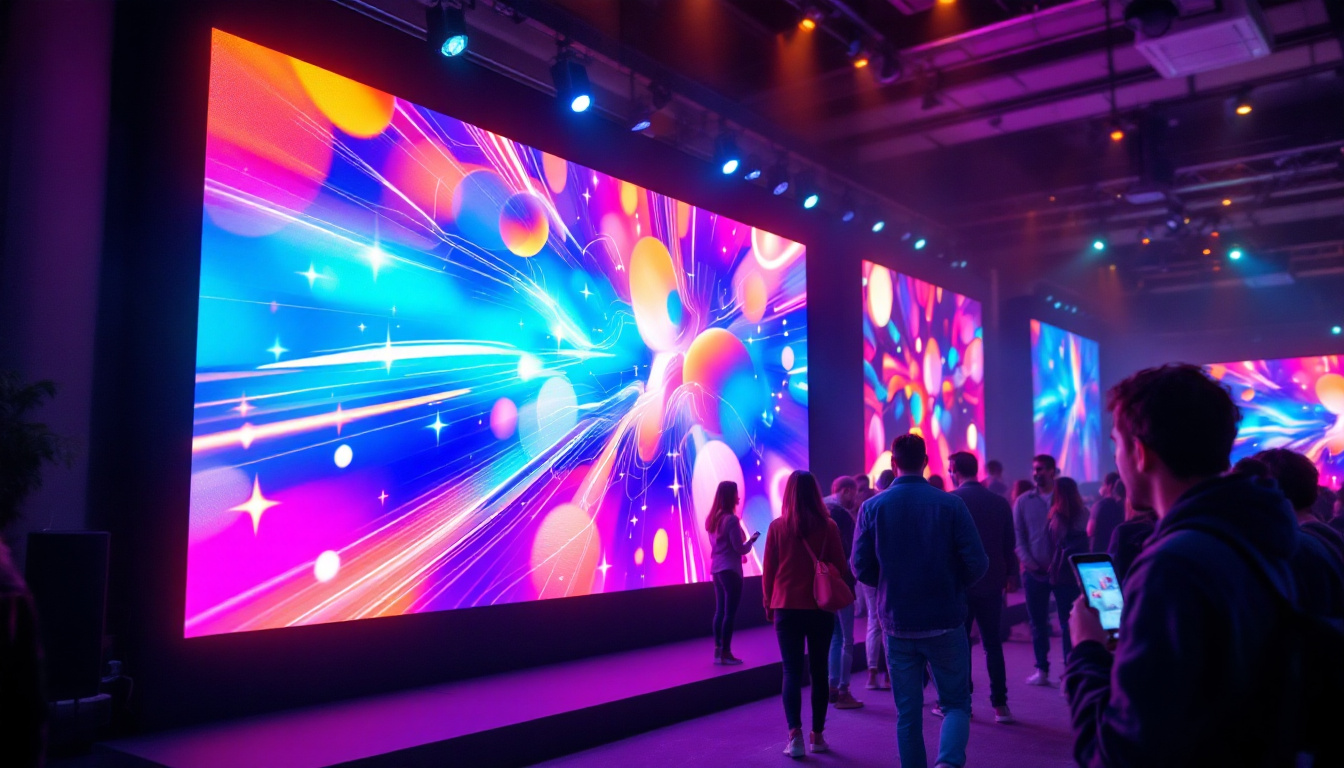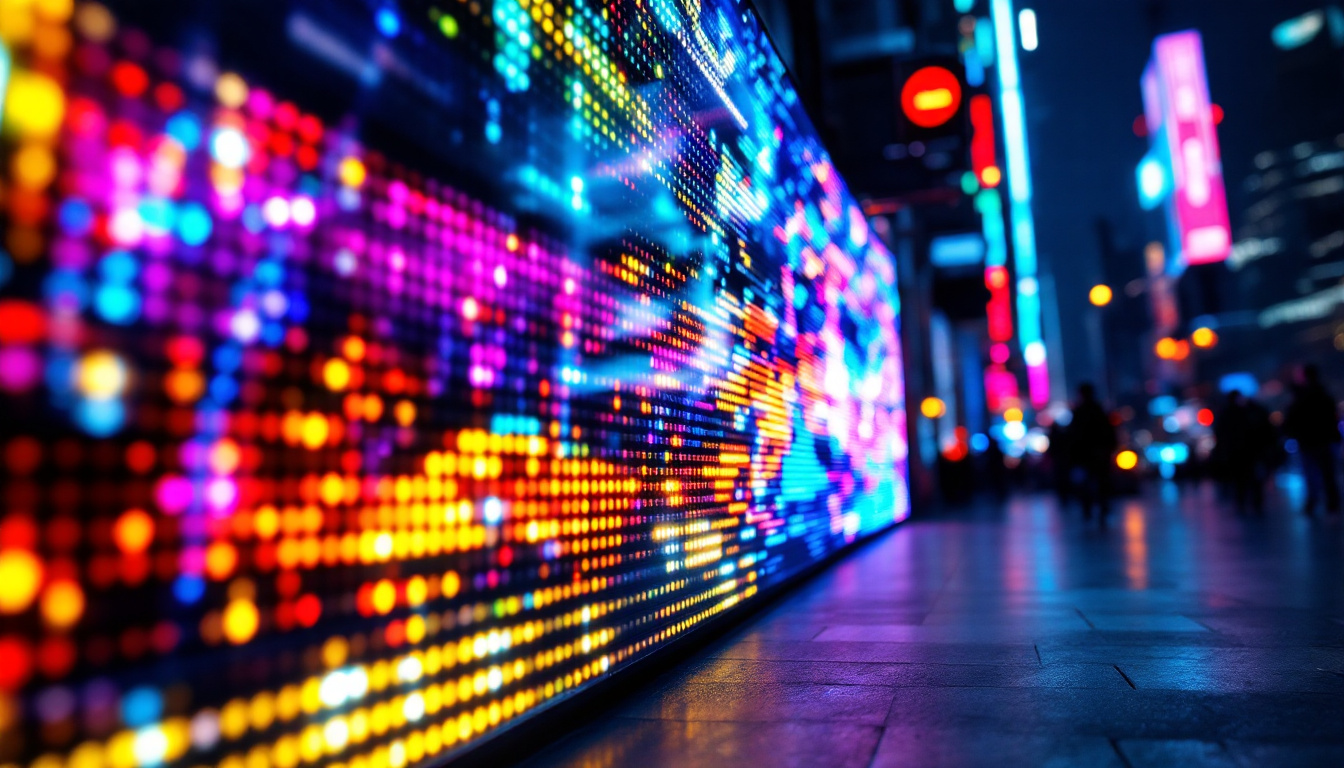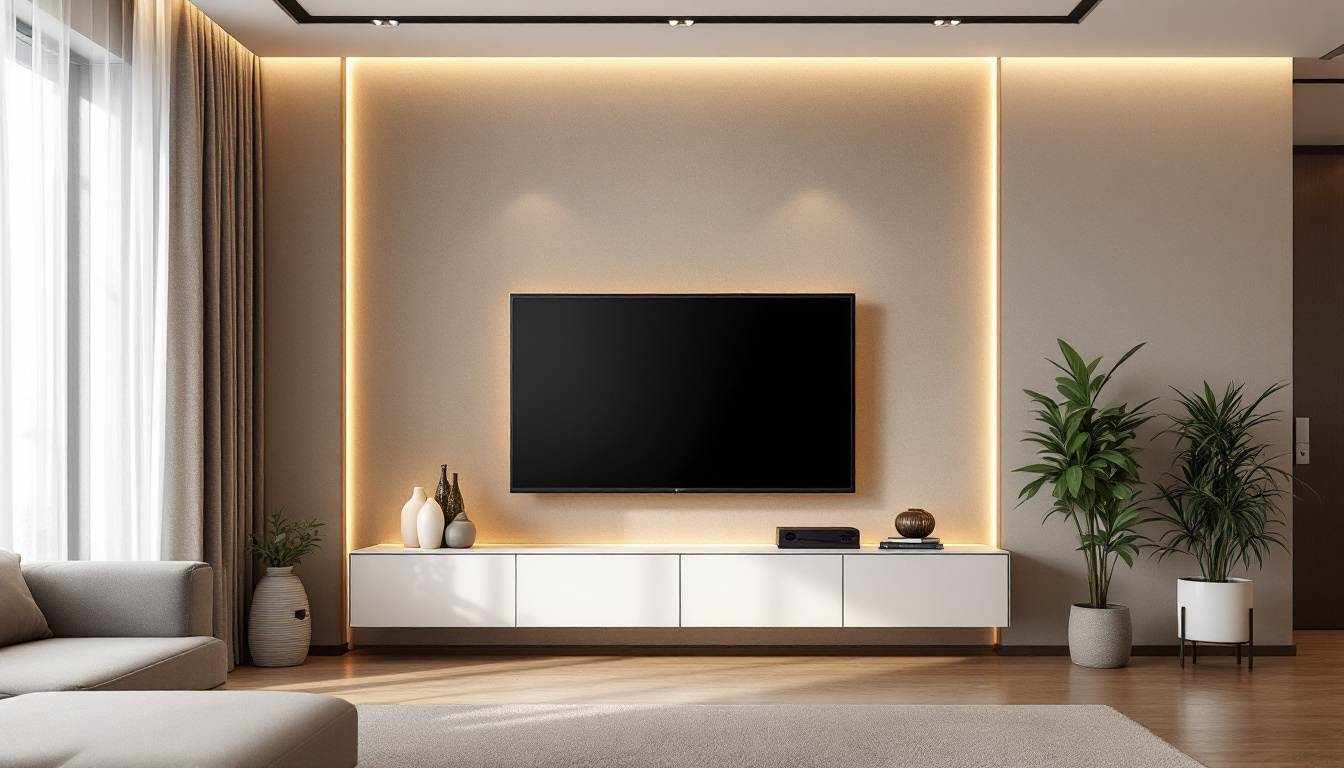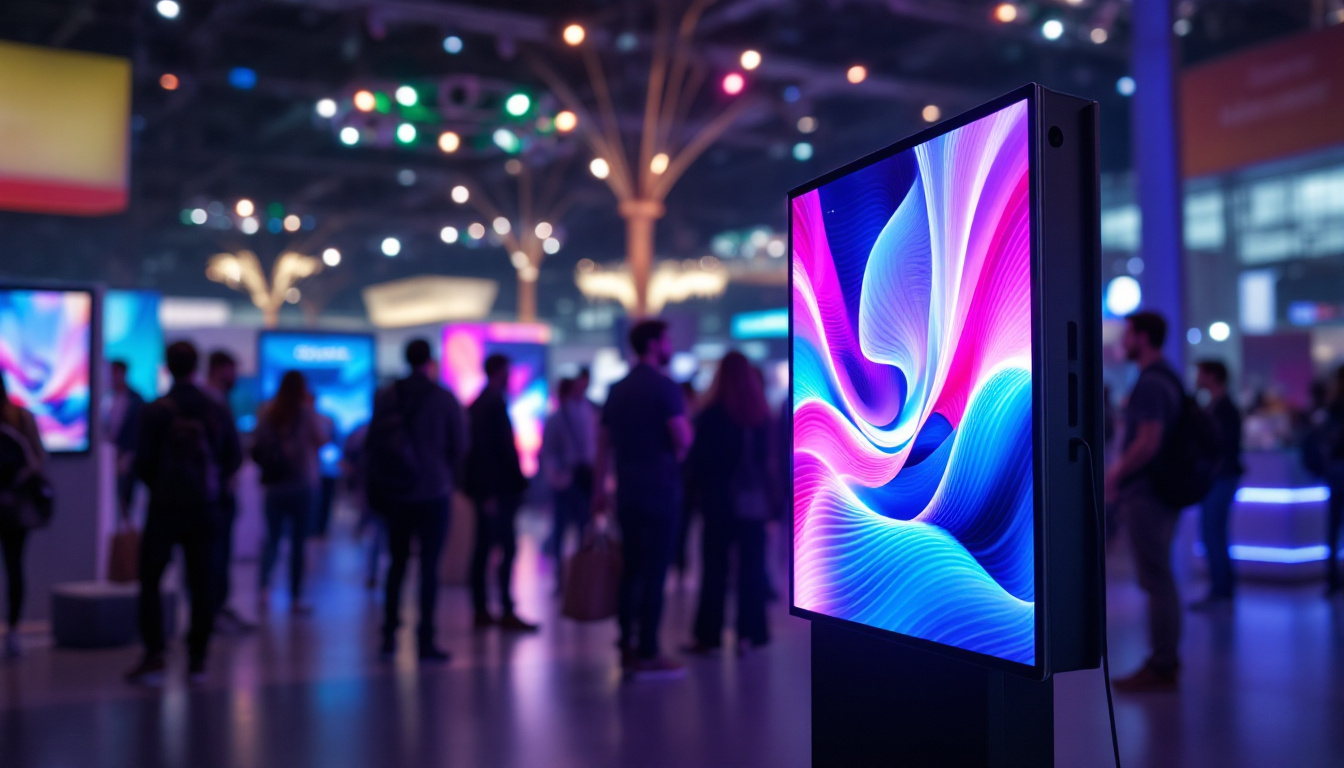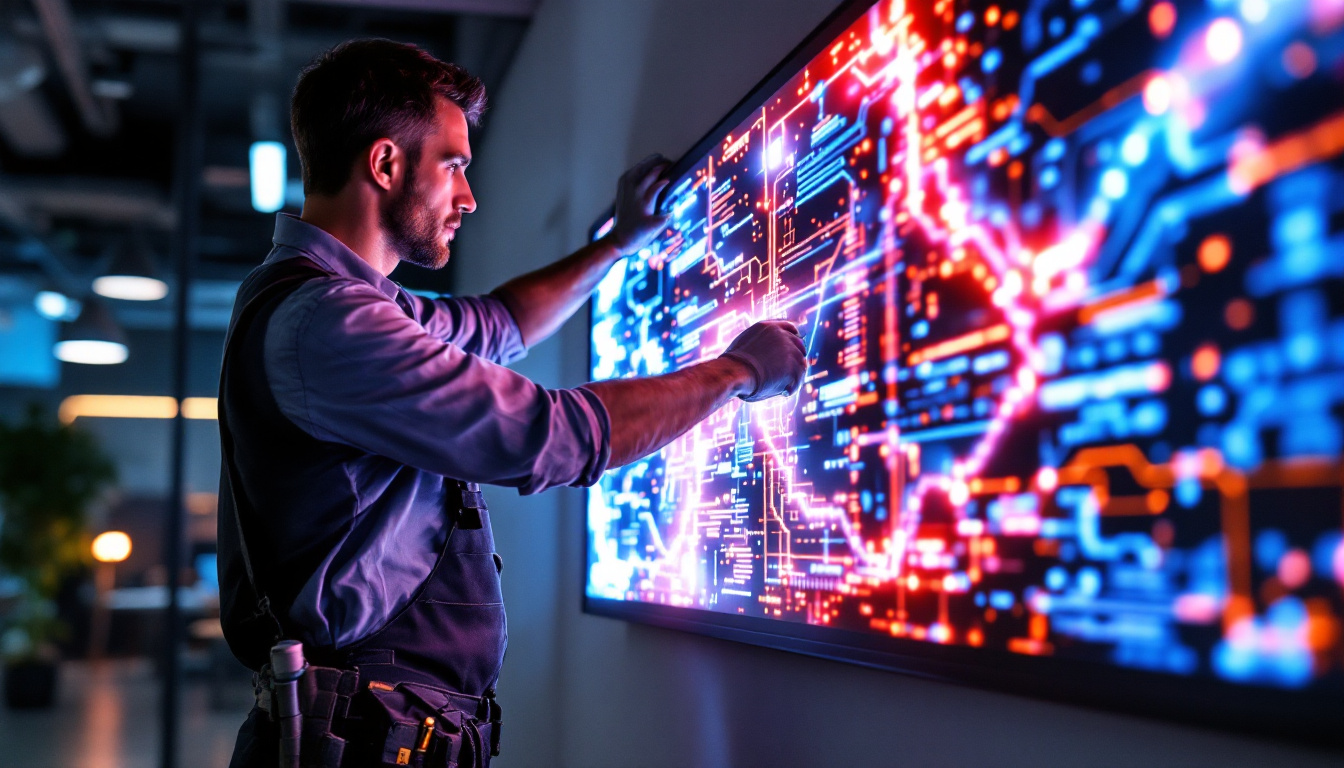In today’s fast-paced digital world, visual communication has taken on a new dimension. Among the myriad of options available, LED displays have emerged as a popular choice for poster displays. This article delves into the intricacies of LED displays, exploring their technology, advantages, applications, and future trends.
Understanding LED Technology
Light Emitting Diodes (LEDs) are semiconductor devices that emit light when an electric current passes through them. This fundamental technology underpins the operation of LED displays, which consist of numerous small LEDs arranged in a grid. The combination of these tiny lights creates vivid images and videos that capture attention effectively. The efficiency of LEDs not only contributes to their popularity in displays but also makes them a preferred choice in various lighting applications, from residential to commercial settings.
How LED Displays Work
LED displays operate by controlling the intensity of light emitted from individual diodes. Each pixel in an LED display is made up of red, green, and blue (RGB) LEDs. By adjusting the brightness of these three colors, a wide spectrum of colors can be produced. This RGB color mixing is the basis for creating detailed and vibrant images on the screen. Additionally, advancements in technology have led to the development of white LEDs, which use a combination of blue LEDs and phosphor coatings to emit white light, further enhancing the versatility of LED displays in various applications.
Moreover, the resolution of an LED display is determined by the pixel pitch, which is the distance between the centers of two adjacent pixels. A smaller pixel pitch results in higher resolution and sharper images, making it ideal for close viewing distances. Conversely, a larger pixel pitch may be suitable for larger venues where viewers are positioned further away. The ability to scale LED displays to different sizes and resolutions has made them a popular choice for advertising, entertainment, and information dissemination, allowing for a tailored visual experience that meets specific audience needs.
Types of LED Displays
LED displays can be categorized into two main types: indoor and outdoor. Indoor LED displays are designed for environments with controlled lighting, such as shopping malls, airports, and conference halls. They typically have a higher pixel density, resulting in better image quality for close-up viewing. These displays are often used for dynamic advertising, event presentations, and interactive installations, providing an engaging experience for viewers.
Outdoor LED displays, on the other hand, are built to withstand various weather conditions. They are brighter to combat sunlight and are often equipped with protective features to resist moisture and dust. These displays are commonly found in billboards, stadiums, and public transportation stations. In addition to their durability, outdoor LED displays can be equipped with advanced technologies such as automatic brightness adjustment, ensuring optimal visibility at all times of day. The integration of smart technology into these displays allows for real-time content updates and remote monitoring, making them an invaluable tool for advertisers and event organizers alike.
Advantages of LED Displays
LED displays offer numerous benefits that make them an attractive option for businesses and organizations looking to enhance their visual communication strategies. From energy efficiency to versatility, the advantages are compelling.
Energy Efficiency
One of the standout features of LED technology is its energy efficiency. Compared to traditional display technologies like LCD and plasma, LED displays consume significantly less power. This not only reduces operational costs but also contributes to a lower carbon footprint, aligning with the growing emphasis on sustainability. Moreover, many LED displays come equipped with smart technology that allows for automatic brightness adjustment based on ambient light conditions, further optimizing energy use and ensuring that the display is always operating at peak efficiency.
High Brightness and Contrast
LED displays are known for their high brightness levels, making them easily visible even in bright sunlight. This characteristic is particularly advantageous for outdoor applications where visibility is crucial. Additionally, LED displays provide excellent contrast ratios, ensuring that images and text remain clear and vibrant, regardless of the viewing angle. The ability to deliver stunning visuals enhances audience engagement, making LED displays an ideal choice for advertising, events, and public information systems. The technology also supports a wide color gamut, allowing for more vivid and lifelike images that can capture the attention of passersby.
Longevity and Durability
LED displays boast a long lifespan, often exceeding 100,000 hours of operation. This durability makes them a cost-effective investment for businesses, as they require minimal maintenance and replacement. Furthermore, their robust construction allows them to endure harsh environmental conditions, making them suitable for both indoor and outdoor use. In addition to their physical resilience, many LED displays are designed with weatherproofing and dust resistance features, ensuring consistent performance even in challenging climates. This reliability is crucial for businesses that depend on their displays for continuous operation, such as retail stores and transportation hubs, where downtime can lead to significant revenue loss.
Versatility in Applications
Another significant advantage of LED displays is their versatility. They can be used in a wide range of applications, from large-scale billboards and digital signage to smaller displays in retail environments and corporate settings. Their modular design allows for easy customization in size and shape, enabling creative installations that can fit any space. Furthermore, LED technology supports dynamic content, allowing businesses to update messages in real-time, which is particularly useful for promotions or time-sensitive information. This adaptability not only enhances the effectiveness of communication strategies but also provides businesses with the flexibility to evolve their messaging as needed.
Applications of LED Displays
The versatility of LED displays has led to their adoption across a wide range of industries. From advertising to information dissemination, the applications are diverse and impactful.
Advertising and Marketing
In the advertising realm, LED displays have revolutionized the way brands communicate with consumers. Dynamic content, including videos and animations, can be showcased in real-time, capturing the attention of passersby. This interactive element enhances engagement and can lead to increased foot traffic and sales.
Moreover, the ability to change content remotely allows businesses to tailor their messaging based on time, audience, or location, maximizing the effectiveness of their advertising campaigns. For instance, a restaurant can display breakfast specials in the morning and switch to dinner promotions in the evening, ensuring that their messaging is always relevant. This adaptability not only saves time and resources but also allows for the incorporation of seasonal themes or limited-time offers, keeping the content fresh and exciting for consumers.
Event and Entertainment Venues
LED displays have become a staple in event and entertainment venues, such as concert halls, sports arenas, and theaters. Large-scale LED screens are used to display live feeds, promotional content, and visual effects, enhancing the overall experience for attendees.
Additionally, the flexibility of LED technology allows for creative installations, such as curved or transparent displays, which can be integrated seamlessly into the venue’s architecture. These displays can create immersive environments, transforming a standard performance into a multi-sensory experience. For example, during a live concert, LED screens can synchronize with the music, providing a visual spectacle that complements the audio experience. This synergy between sound and sight captivates audiences and elevates the overall entertainment value.
Transportation and Public Information
In the transportation sector, LED displays play a crucial role in providing real-time information to passengers. Train stations, airports, and bus terminals utilize LED screens to display arrival and departure times, flight information, and safety announcements. This instant communication helps streamline operations and improve passenger experience.
Furthermore, LED displays can be utilized for wayfinding, guiding passengers through complex transit hubs with ease. Interactive touchscreens can provide personalized directions, helping travelers navigate unfamiliar environments. In addition, these displays can be programmed to show alerts about delays or emergencies, ensuring that passengers are well-informed and can make timely decisions regarding their travel plans. By enhancing communication and accessibility, LED displays contribute significantly to the efficiency and safety of public transportation systems.
Future Trends in LED Display Technology
The LED display industry is continually evolving, driven by advancements in technology and changing consumer preferences. Several trends are shaping the future of LED displays, promising even more innovative applications and capabilities.
Integration with Smart Technology
As smart technology becomes increasingly prevalent, LED displays are also being integrated into smart systems. This includes connectivity with mobile devices, allowing users to interact with displays through apps or QR codes. Such integration enhances user engagement and provides a more personalized experience.
Improved Resolution and Flexibility
Future developments in LED technology are expected to yield even higher resolutions and pixel densities. MicroLED technology, for instance, is emerging as a game-changer, offering pixel-level control and the potential for ultra-high-definition displays. Additionally, advancements in flexible LED displays will enable new applications, such as wearable technology and adaptable signage.
Sustainability and Eco-Friendly Practices
With an increasing focus on sustainability, the LED display industry is also moving towards eco-friendly practices. Manufacturers are exploring ways to reduce waste during production and improve the recyclability of components. Energy-efficient designs and materials will likely become more prominent as businesses prioritize environmental responsibility.
Conclusion
LED displays have transformed the landscape of visual communication, offering vibrant, dynamic, and efficient solutions for a variety of applications. Their energy efficiency, durability, and versatility make them an ideal choice for businesses looking to enhance their advertising, information dissemination, and overall engagement strategies.
As technology continues to advance, the future of LED displays looks promising. With innovations in smart integration, resolution, and sustainability, these displays will undoubtedly play a pivotal role in shaping the way information is shared and consumed in the years to come.
In a world where capturing attention is more crucial than ever, LED displays stand out as a powerful tool for effective communication. Embracing this technology can lead to enhanced visibility, improved audience engagement, and ultimately, greater success for businesses and organizations alike.
Discover LumenMatrix’s Innovative LED Display Solutions
Ready to elevate your visual communication strategy with the latest in LED technology? Explore LumenMatrix’s comprehensive range of LED display solutions, designed to captivate your audience and amplify your message. From Indoor and Outdoor LED Wall Displays to specialized options like Vehicle, Sports, and Floor LED Displays, LumenMatrix offers custom and all-in-one solutions to fit your unique needs. Experience the future of digital signage with our state-of-the-art LED Transparent Displays and see how our commitment to innovation can transform your brand’s visibility. Check out LumenMatrix LED Display Solutions today and join the revolution in visual communication.

